Kruder Siblings conquer iconic Verzasca Dam
second edition, attracted 24 of the world's best…
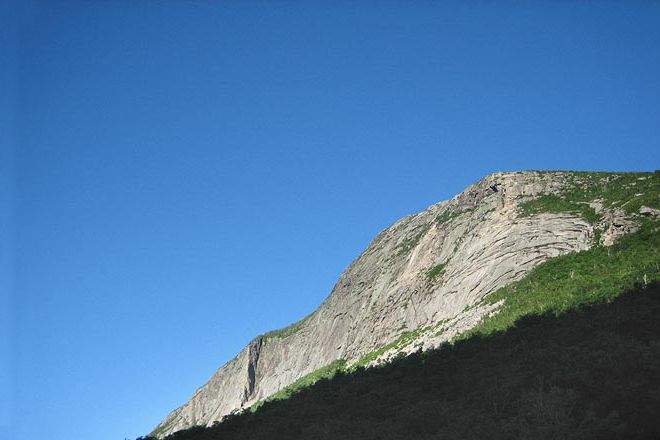
For rock climbers, New England is a spectacular arena filled with myriad vertical challengers. The 66,608-square-mile region is studded with intimate crags, sweeping walls, compact sea cliffs, towering ledges, and spectacular overhangs. All the famous New England climbing areas such as Cathedral and Whitehorse Ledges, Cannon Cliff, Rumney, and Franconia Notch's Echo Crags over the years have been training grounds for some of the best climbers in the world, but at the same time provide exceptional recreational and instructional areas for students of all ages and ability to learn to climb on rock and ice.
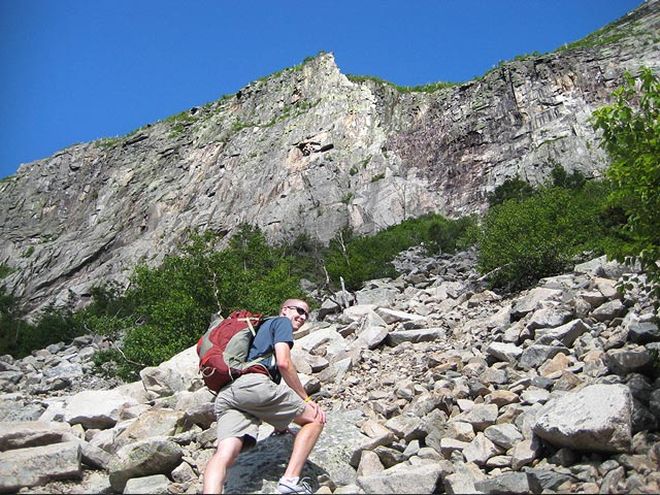
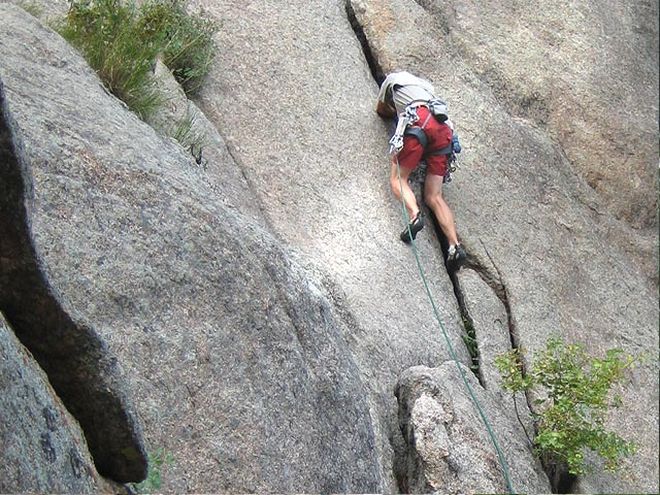
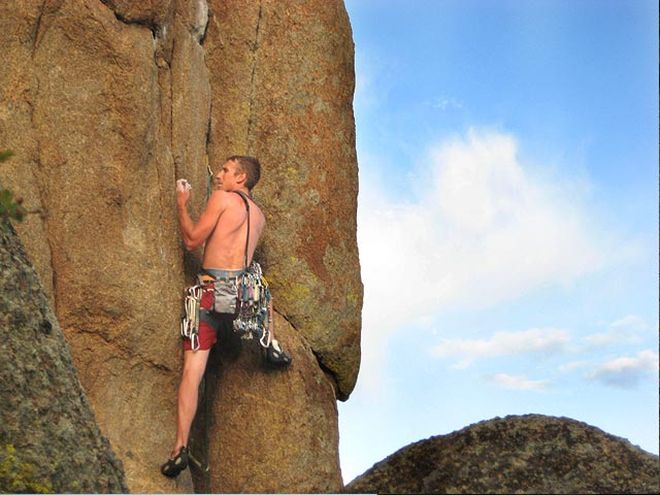
If you don't know where to start, Rumney, one of the premier sport climbing destinations in the country with hundreds of high-quality sport climbs of all grades might be a good start. Although over the years this area has become a focal point of hard sport climbing, with climbers from all over the world visiting during the fall season, Rumney also offers easy and moderate routes that are well bolted and perfect for learning to lead. At many of the walls it's also possible to lead easier climbs and set up top ropes on adjacent climbs. The crags with the best beginner routes are the Parking Lot Wall, Darth Vader, Main Cliff, Jimmy Cliff, and the Meadows. Add a supportive and positive local scene, incredible fall colors, and well-equipped routes, and Rumney ranks among the best sport crags on earth.
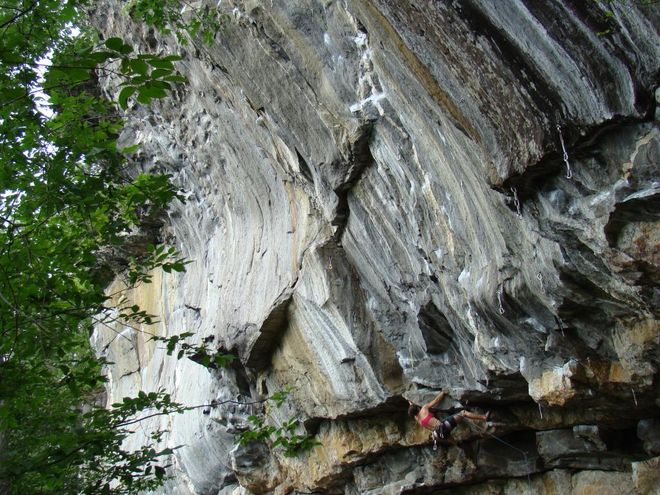
Rock Climbing in Rumney; Photo:© Yannick Gingras
Another spot that has been deservedly popular for decades is Cathedral Ledge. This 500-foot granite is esteemed the birthplace of technical rock climbing in New England and over the years the cliff has been the tooth-cutting crag of choice for a bevy of American greats: Henry Barber, Joe Cote, Jim Dunn, Hugh Herr, Jim Surette, or Ed Webster to name a few. It'd take a rather large guidebook to cover all of Cathedral's routes but in brief, all of them will challenge the most seasoned climbers. Again, the best time to climb rock here is Fall.
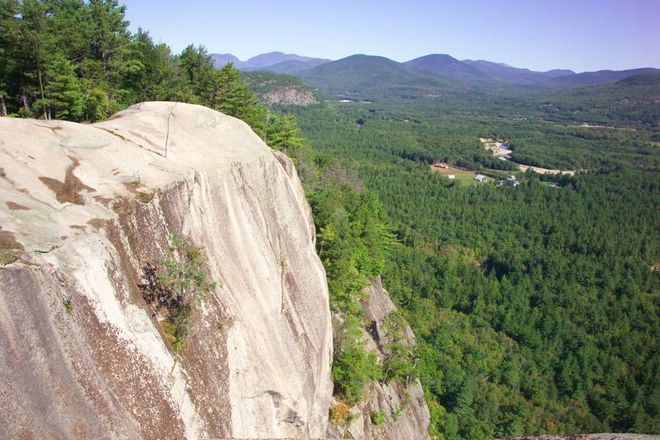
Cathedral Ledge; Photo:© Ian Britton / www.freefoto.com
If you're looking for tougher challenges then Cannon Cliff, the tallest and most respected cliff in New England will do the job. This huge face about 0.75 mile wide and almost 1,000 feet high, gracing in the west side of Franconia Notch is one of the largest cliffs in the East - it is home to many classic rock climbs, including some of the longest, hardest free and aid routes in the region as well as a host of classic ice climbs. While smaller crags dot the hillside of the notch, the focus here is on the long, historical rock and ice routes of this alpine face.
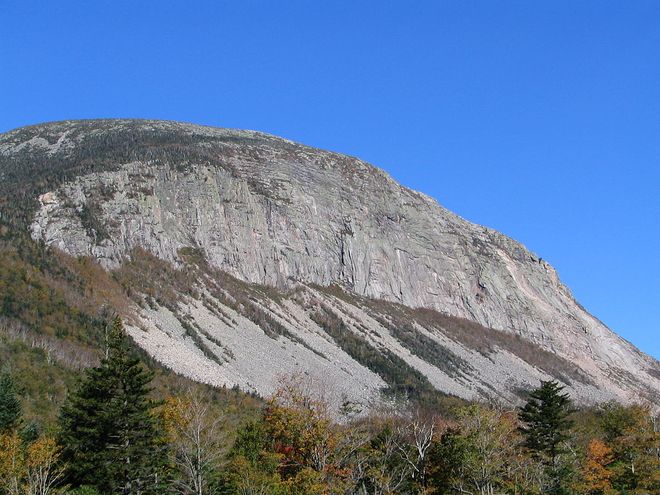
Cannon Mountain Cliff Face; Photo:© Mike Spenard
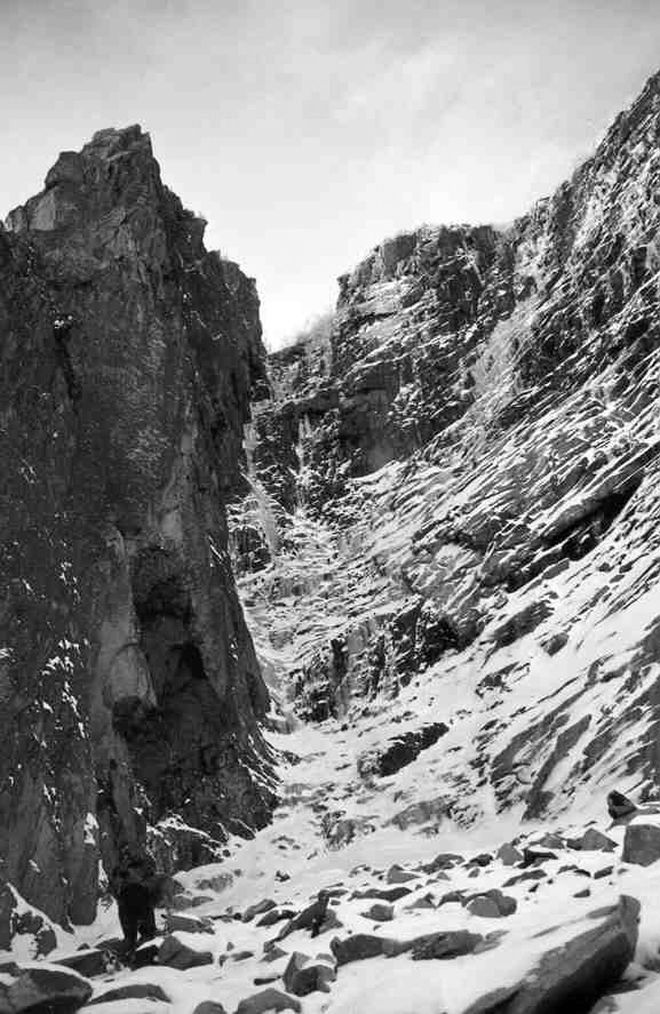
Cannon's most prominent ice climb, the Black Dike; Photo:© Mike Spenard
For those seeking to enter the world of rock or ice climbing, Rhino Guides, the local guide service might be a good start. Unlike many guides out there, Jim Shimberg and the rest of the team strive to guide the person, not to merely guide the chosen route. Jim Shimberg started Rhino Guides in 1985 and he has since guided from his home base in New Hampshire, and has many first ascents on ice, rock and mixed terrain to his credit. With almost 30 years of teaching rock and ice climbing in the USA and worldwide, Jim Shimberg aka Shim will make sure you are in good hands with Rhino Guides. Visit their official website for more.
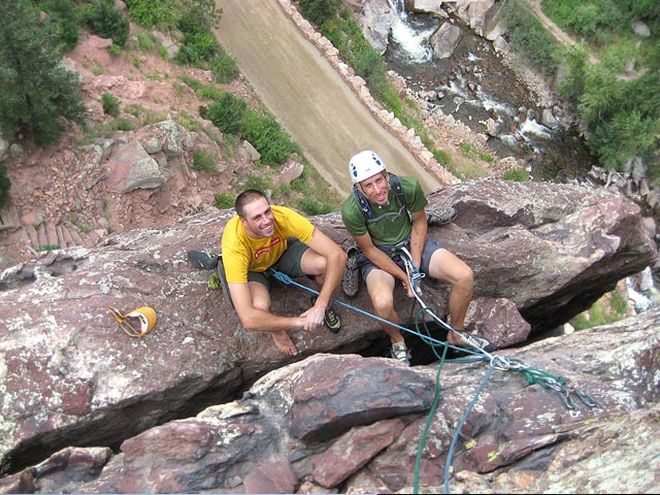
Photos: © Rhino Guides unless otherwise stated
Source: http://www.rhinoguides.com